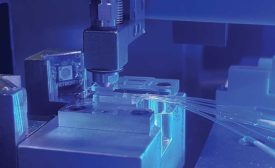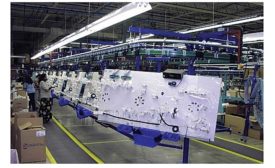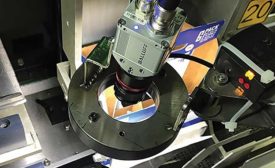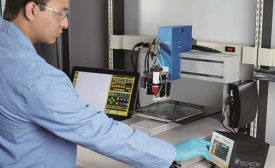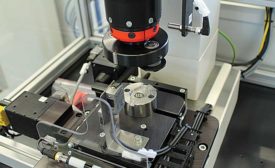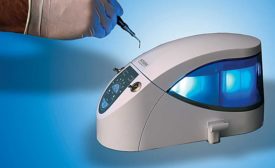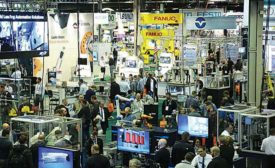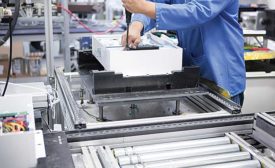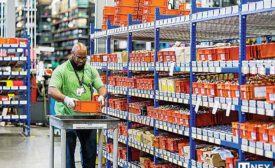Featured on Home Page
Optical fiber is less finicky today, but it’s still challenging to attach
Read More
Monitoring Activity During Wire Harness Assembly
New technology helps engineers gather real-time data on manual assembly processes, such as wire harness assembly.
January 14, 2020
Remembering the Assembly--and Repair--of the Hubble Space Telescope
The Hubble Space Telescope launched a new age of astronomy, but assembly snafus nearly created a techno turkey
January 13, 2020
The Appeal of Piezo Jet Valve Dispensing
For applications requiring high speed and precision, cutting-edge piezo jet valve dispensing technology is the way to go
January 9, 2020
Roller Forming for Cylindrical Assemblies
The Roller Forming Process Forms a Curl or Lip on the Edge or Rim of a Hollow, Cylindrical Part
January 8, 2020
Best Practices for Transitioning from Design to Assembly in Medical Device Manufacturing
Design Transfer Can Ensure a Smooth Product Development Process
January 7, 2020
What’s New From the ASSEMBLY Show
Cobots, IIOT and other new technologies impress engineers at our annual trade show
December 6, 2019
Optimizing Assembly with Pallet-Handling Conveyors
Modular pallet conveyors offer flexibility and increased assembly line productivity
December 5, 2019
Eliminating the Seven Deadly Wastes
Manufacturers should evaluate processes to reduce hidden causes of waste
December 4, 2019
Never miss the latest news and trends driving the manufacturing industry
Stay in the know on the latest assembly trends.
JOIN TODAY!Copyright ©2024. All Rights Reserved BNP Media.
Design, CMS, Hosting & Web Development :: ePublishing
